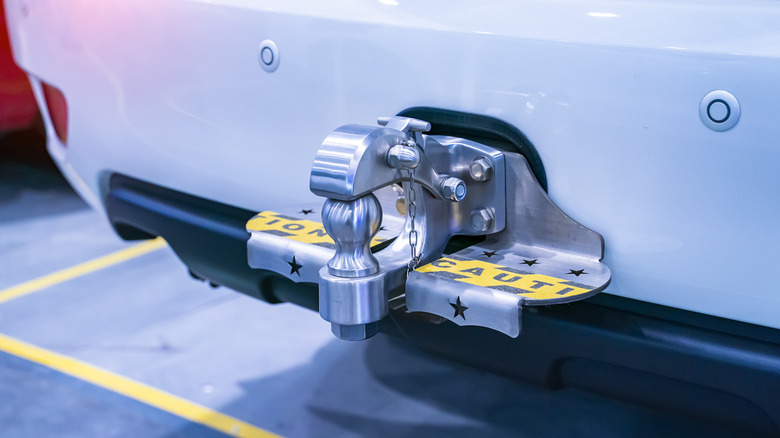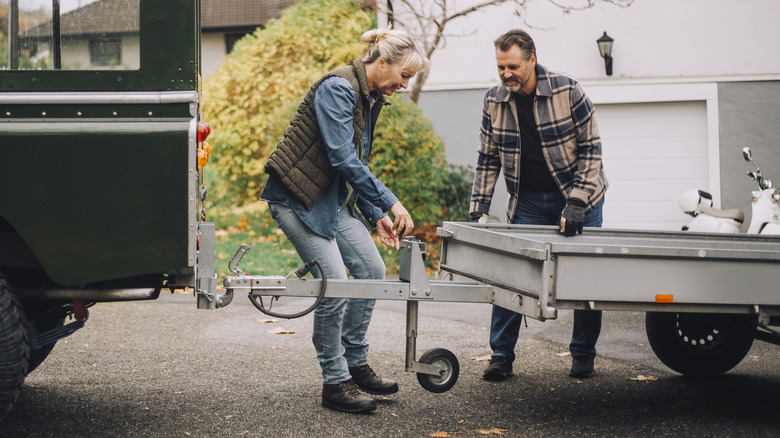
Ask some motorheads, and they'll tell you that towing is just hitching the trailer and checking if the lights work. Well, real towers know there is something else just as important, which many people overlook: the tow ball height. How high or low that ball sits directly affects how your trailer handles, not to mention the safety of your whole towing setup once you hit the road.
Too high or too low throws the weight off balance, and the trailer leans one way or the other. It strains your car's rear
suspension, interferes with steering and braking, and raises your risk of tire wear, and losing control -- especially at speed. And the heavier the trailer, the worse it gets. Excessive tongue weight can impair the tow vehicle's steering and handling, while insufficient tongue weight may reduce traction and cause trailer sway. The fix is simple -- just make sure your trailer sits level when loaded. Not just close enough. Completely level.
Read more: 6 Ways To Use Your Car's Tow Hitch (Besides Towing)
What A Tilted Trailer Does To Your Ride

When the tow ball height is off, the trailer doesn't ride level. If the ball sits too high, the trailer tilts back, unbalancing the load, and the rear axle is left to carry more load than it should. That makes it harder to control, especially on hills or in crosswinds. The front of the trailer can feel light, which may make the steering become twitchy. The nose might even lift slightly if you slam your brakes.
If it's too low, the trailer leans forward, and that's not good either, as it means extra weight will be exerted onto the tongue. That strains the rear suspension, making it sag. All this strain dents your fuel economy, your tires wear faster and unevenly, and your braking distance increases, all of which you can avoid by simply sticking to the right setup. Both extremes also increase sway -- that side-to-side motion that creeps in at motorway speeds. Towing safety guides warn about it for a reason, as it doesn't take much to lose control when the trailer starts shifting like that.
Getting Your Tow Ball Height Just Right

You don't need any special tools to check your tow ball height, just level ground, a tape measure, and a loaded trailer. Don't try to check your tow ball height when the trailer is empty, as you're not going to get an accurate reading. Start by parking the car and trailer on level ground. Load the trailer as you normally would for a trip: gear, fuel, water, and whatever else you like to bring along with you. Once it's packed, step back and check the angle at which it sits. Does the front look like it's dipping down or riding high? In either case, then something's off.
Measure the height from the ground to the top of the vehicle's tow ball, then from the ground to the bottom of the trailer coupling. The difference between the two numbers tells you how much of a drop or lift your hitch needs. For instance, if you measure the tow ball height and get 21 inches, then do the same for the coupling and record 18 inches, that means you need a 3-inch drop to get things in line. Also, check from side to side. If one side of the trailer is riding lower, the load may be uneven and needs redistribution. Uneven balance can cause the trailer to pull to one side, which makes your driving stressful and potentially dangerous.
Want the latest in tech and auto trends? Subscribe to our free newsletter for the latest headlines, expert guides, and how-to tips, one email at a time.
Read the original article on SlashGear.










